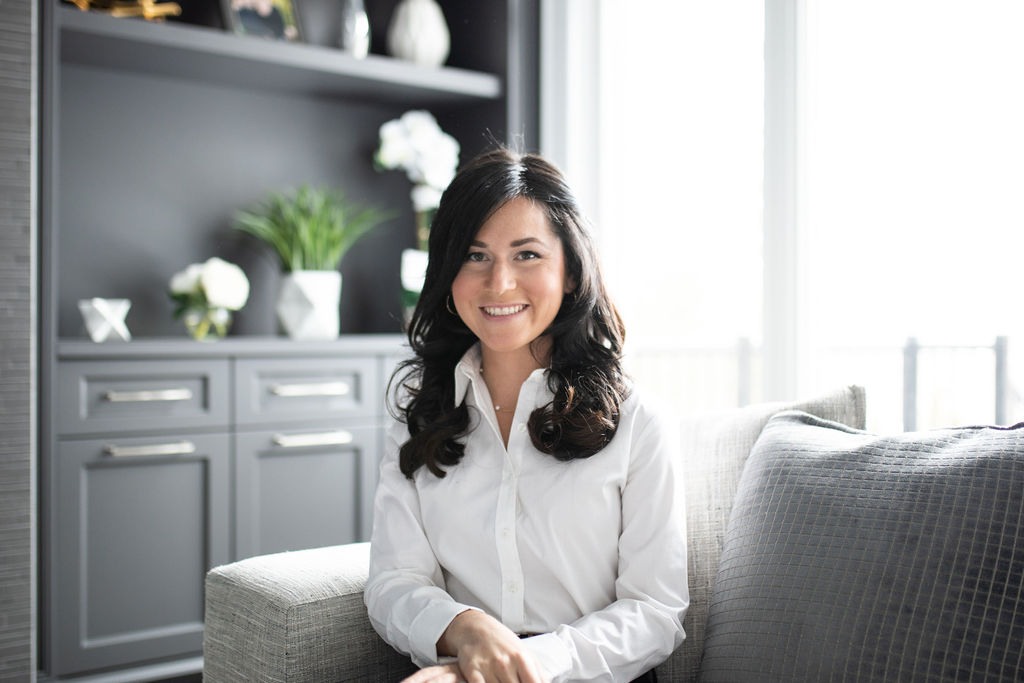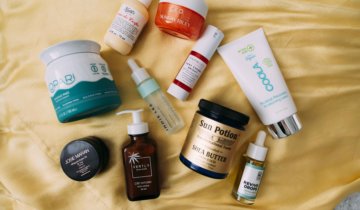Endometriosis is a painful condition in which tissue that normally lines the inside of the uterus begins to grow on the outside of the uterus. That tissue may grow around the ovaries, fallopian tubes, and throughout the pelvis. It can thicken and bleed just as it would normally inside the uterus when menstruating. This contributes to significant pain, heavy periods, and oftentimes, infertility. The only way to confirm endometriosis is with surgery. Laparoscopic surgery is gold standard and performed in order to biopsy the tissue and make a definitive diagnosis.
Who Gets It?
1/10 women have endometriosis. It is falsely believed that women get endometriosis when they go through puberty. The reality is that you can be born with it. It is important to know that familial history also plays a significant role in the development of endometriosis.
What Are the Symptoms of Endometriosis?
There are 4 stages (with 4 being the most severe) of endometriosis that aren’t necessarily progressive or related to pain. Symptoms that are common across the different stages of endometriosis include:
- Pain with menstruation (think about if you were someone who missed school for a painful period)
- Pain with intercourse (particularly deep intercourse)
- Digestive issues
- Infertility or trouble getting pregnant
So, What Can I Do About it?
Many women have been falsely told that surgery is the only answer to address their pain and suffering. There are many things we can do to relieve symptoms before jumping to surgical procedures. Birth control may relieve symptoms but will not take away endometriosis. Here are some things to keep in mind that may keep your endometriosis symptoms at bay.
See a pelvic floor physiotherapist *yes, I am biased because I am a pelvic physio BUT there is so much we can do to manage symptoms
- Manual release of restricted tissues
- Visceral therapy
Maintain an anti-inflammatory diet
- Eat loads of fruits, vegetables and plant-based foods (particularly cruciferous vegetables)
- Avoid processed food and refined sugar
- Eat foods rich in omega 3
Avoid Bladder Irritants
- Coffee
- Alcohol
- Soda
Reduce stress and anxiety as much as possible
- Staying active by working out and walking 3-5 days/week (150 min of moderate-vigorous intensity activity is recommended per week)
- Yoga
- Meditation
- Self-care
Hydrate
- Concentrated urine is a bladder irritant and can worsen pain and endometriosis symptoms
Legs on wall
- There is a reason why everyone loves it, and your pelvic floor will thank you too! Check out @bloomphysio for more information on how to properly do this exercise
Get plenty of sleep
- 7-8 hrs of sleep/night is key in maintaining a healthy lifestyle
Check out @bloomphysio for more pelvic health information!
Article contributed by:





 No products in the cart.
No products in the cart.
Comments (1)